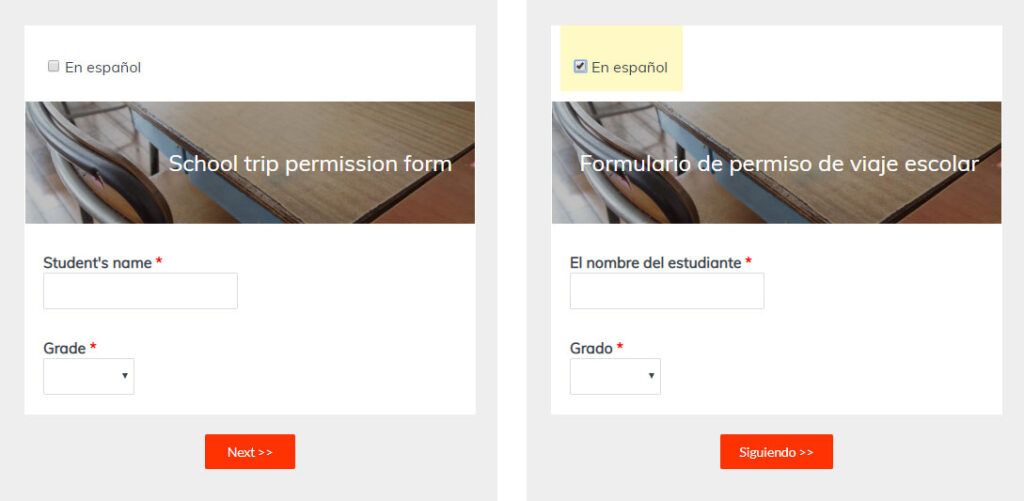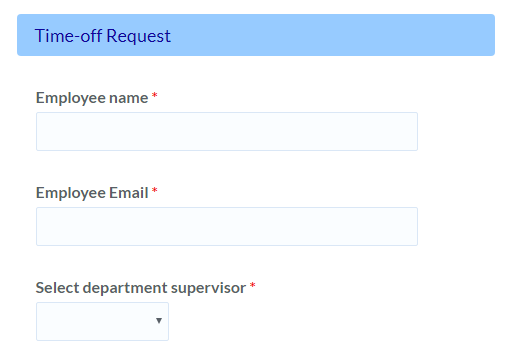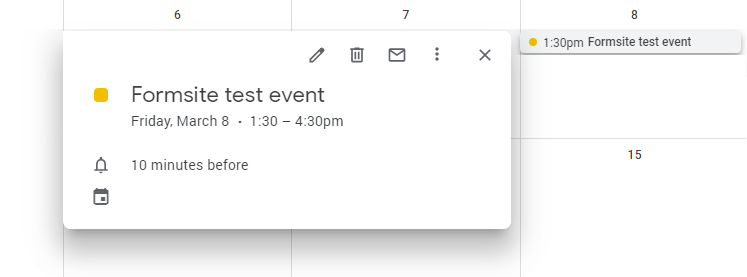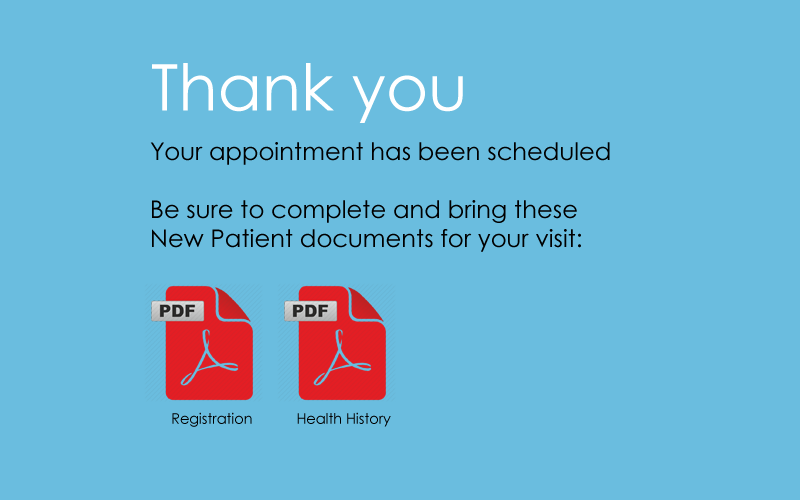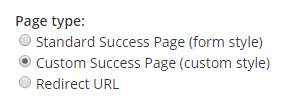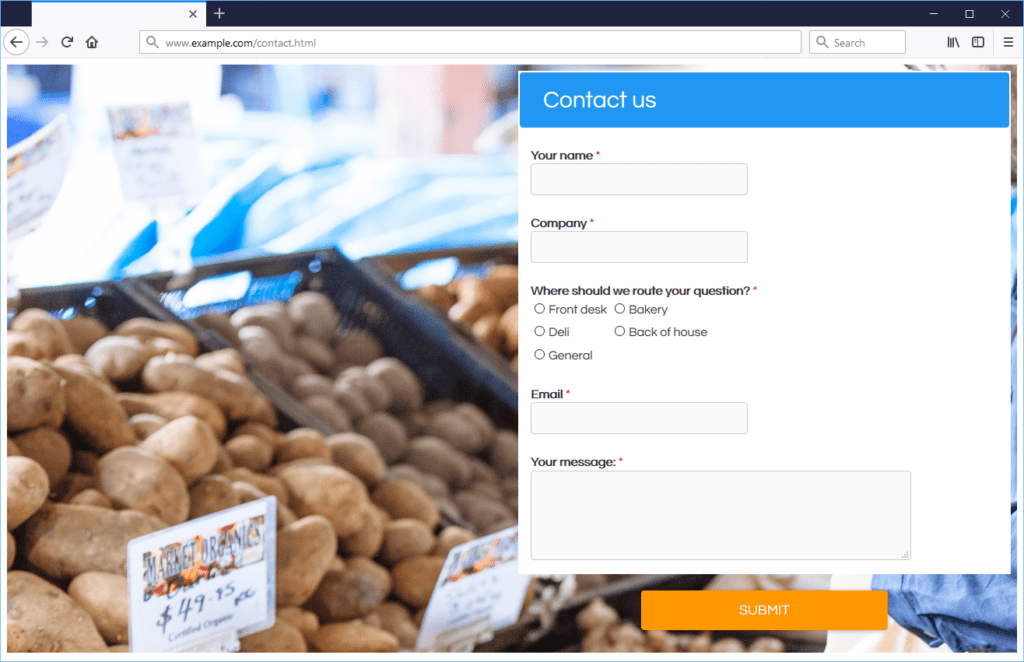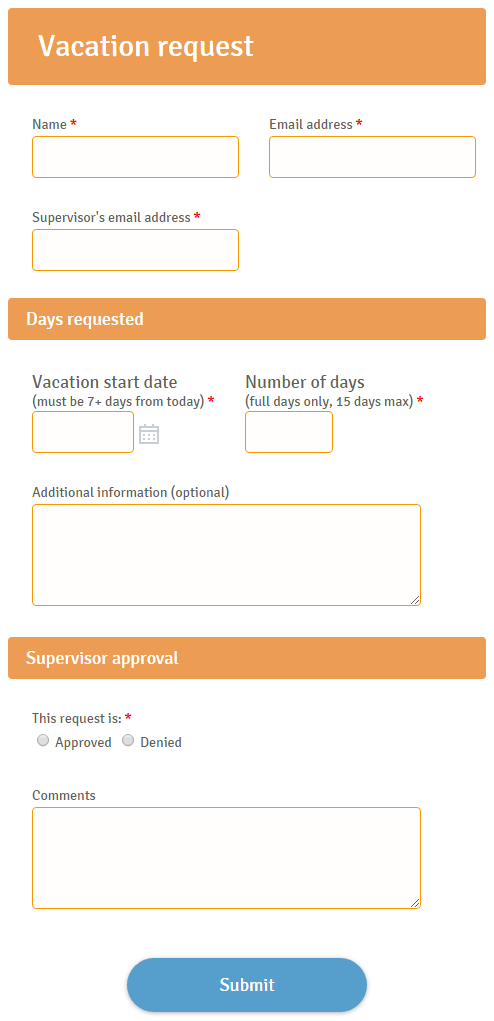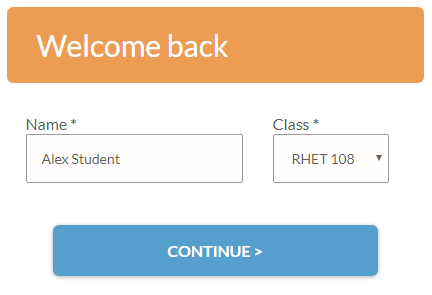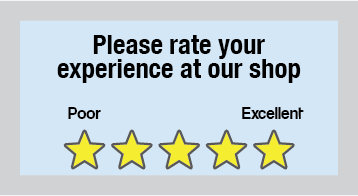Spring Cleaning for Online Forms
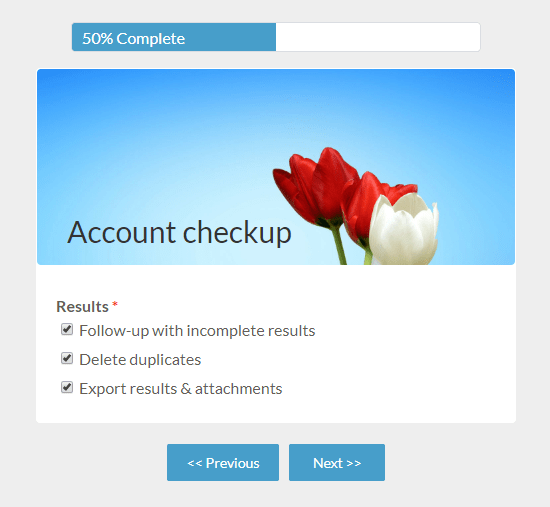
For those in the northern hemisphere, this time of year brings warmer temperatures and springtime. Spring cleaning is a great time to perform some maintenance on forms and surveys, too.
Suggested areas for review include:
- Results
- Attachments
- Notifications
- Integrations
- Sub-users
